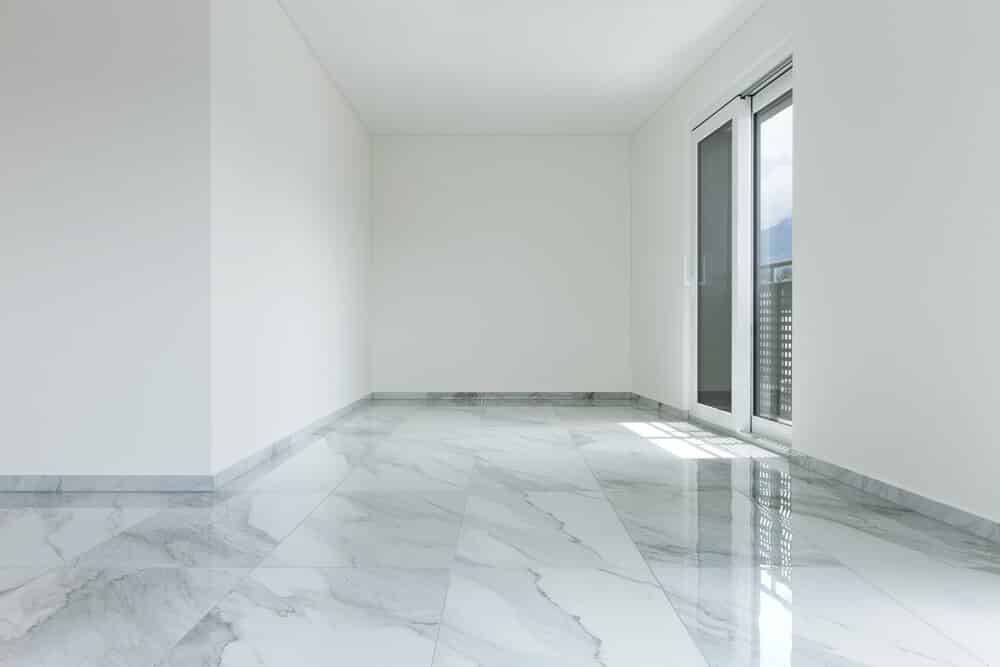Choosing the right flooring is a major decision that impacts your home’s style, comfort, and functionality. With so many different flooring options available, it’s important to understand the benefits and downsides of each. In this guide, we’ll explore some popular flooring choices to help you make the best decision for your space.
Hardwood Flooring
Benefits:
Hardwood flooring is one of the most sought-after flooring options due to its classic beauty and long-lasting durability. Available in various wood species like oak, maple, and walnut, hardwood adds warmth and character to any room. It can be sanded and refinished multiple times, making it a great long-term investment. Hardwood floors are also known for boosting home resale value.
Downsides:
As one of the more expensive flooring options, hardwood can be a significant investment. It’s also susceptible to scratches and moisture damage, making it less ideal for high-traffic areas or rooms prone to dampness like bathrooms and basements.
2. Laminate Flooring
Benefits:
If you’re looking for budget-friendly flooring options that mimic the look of hardwood, laminate is a great choice. It’s resistant to scratches and fading and is easy to clean. Laminate flooring also offers straightforward installation with a click-and-lock system, making laminate a popular DIY option.
Downsides:
While laminate is durable, it can’t be refinished like hardwood. Once worn out, it needs to be replaced. Laminate flooring is also sensitive to moisture, which can lead to warping or swelling if exposed to water for extended periods.
3. Vinyl Flooring (Luxury Vinyl Plank/Tile)
Benefits:
Among the different flooring options, vinyl flooring is known for its versatility and affordability. It replicates the look of wood or stone while being waterproof, making it perfect for kitchens, bathrooms, and basements. Vinyl is comfortable underfoot and requires minimal maintenance.
Downsides:
Vinyl flooring is durable but can still be prone to scratches and dents. It’s also made from synthetic materials, making it less eco-friendly than natural flooring options.
4. Tile Flooring (Ceramic and Porcelain)
Benefits:
For areas where water resistance is key, tile flooring is one of the top flooring options. Ceramic and porcelain tiles are highly durable, easy to clean, and available in countless styles. Tile flooring is perfect for bathrooms, kitchens, and entryways, and it can handle heavy foot traffic with ease.
Downsides:
While tile is durable, it can be cold and hard underfoot, which might not be ideal for living rooms or bedrooms. Installation is labor-intensive and can be costly if done by a professional. Additionally, grout lines require regular maintenance to prevent discoloration and mold.
5. Carpet
Benefits:
Carpet remains a popular flooring option for spaces where comfort and warmth are priorities, like bedrooms and living rooms. It’s available in a wide range of colors, patterns, and textures, providing plenty of design flexibility. Carpet is also more affordable compared to other flooring types.
Downsides:
Carpet is prone to staining and can trap dust, allergens, and pet hair, leading to more frequent cleaning. It’s less durable in high-traffic areas and tends to show wear over time. Carpet is not recommended for areas with high moisture levels like bathrooms or basements.
6. Engineered Hardwood
Benefits:
Engineered hardwood is one of the best flooring options for those who want the look of solid wood with added stability. Made from multiple layers of wood, it resists moisture and temperature fluctuations better than traditional hardwood. It’s easier to install and often more affordable than solid wood flooring.
Downsides:
Engineered hardwood has a thinner top layer, so it can only be refinished a limited number of times. It’s also less durable than solid hardwood, making it more susceptible to scratches and dents.
Takeaways
With so many different flooring options available, it’s important to weigh the pros and cons of each based on your needs, budget, and style preferences. Hardwood and engineered wood offer timeless elegance but require careful upkeep, while laminate and vinyl provide durable, cost-effective alternatives. Tile and carpet offer specialized solutions for specific rooms. By understanding the benefits and downsides of these different flooring options, you can confidently choose the right flooring for your home.

